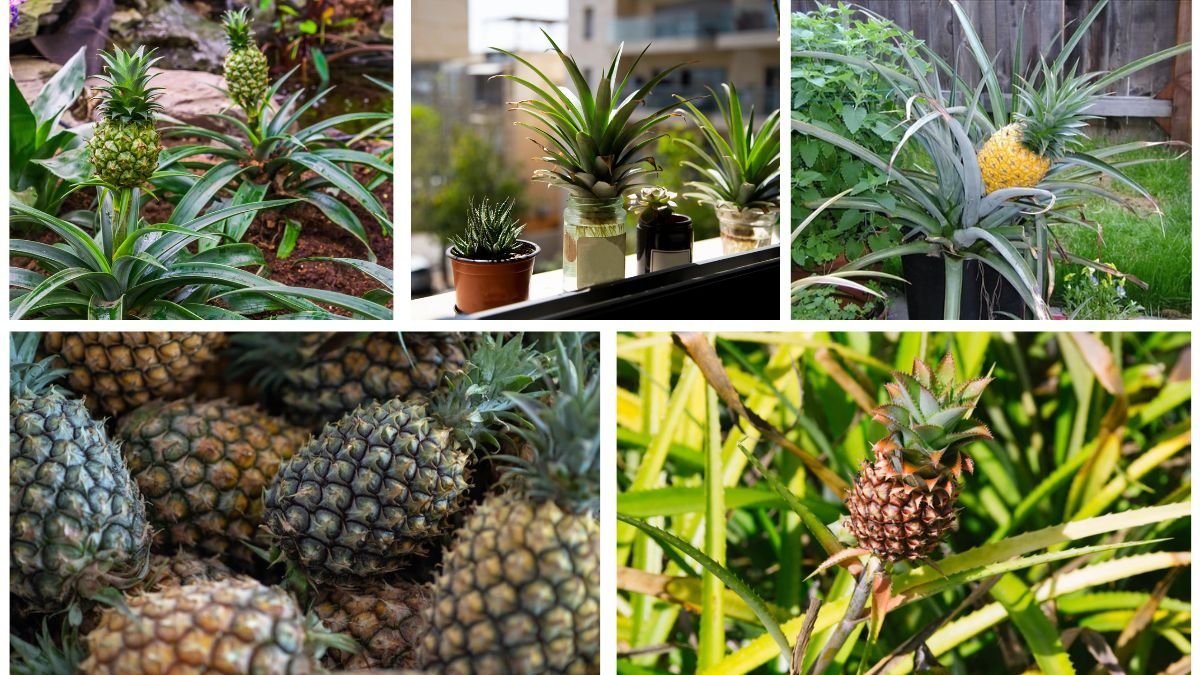Growing your own pineapple may sound exotic, but did you know you can start one with nothing more than the top of a store-bought fruit? Pineapples are not only delicious and packed with nutrients, but they’re also surprisingly easy to grow at home—whether in a backyard garden, on a balcony, or even in a large indoor pot.
This method, often called “top planting”, allows gardeners to turn kitchen scraps into a thriving tropical plant. If you’ve ever wondered how to grow a pineapple from its crown, this guide will take you through step-by-step instructions, along with tips, tricks, and everything you need to know to ensure success.
Why Grow a Pineapple at Home?
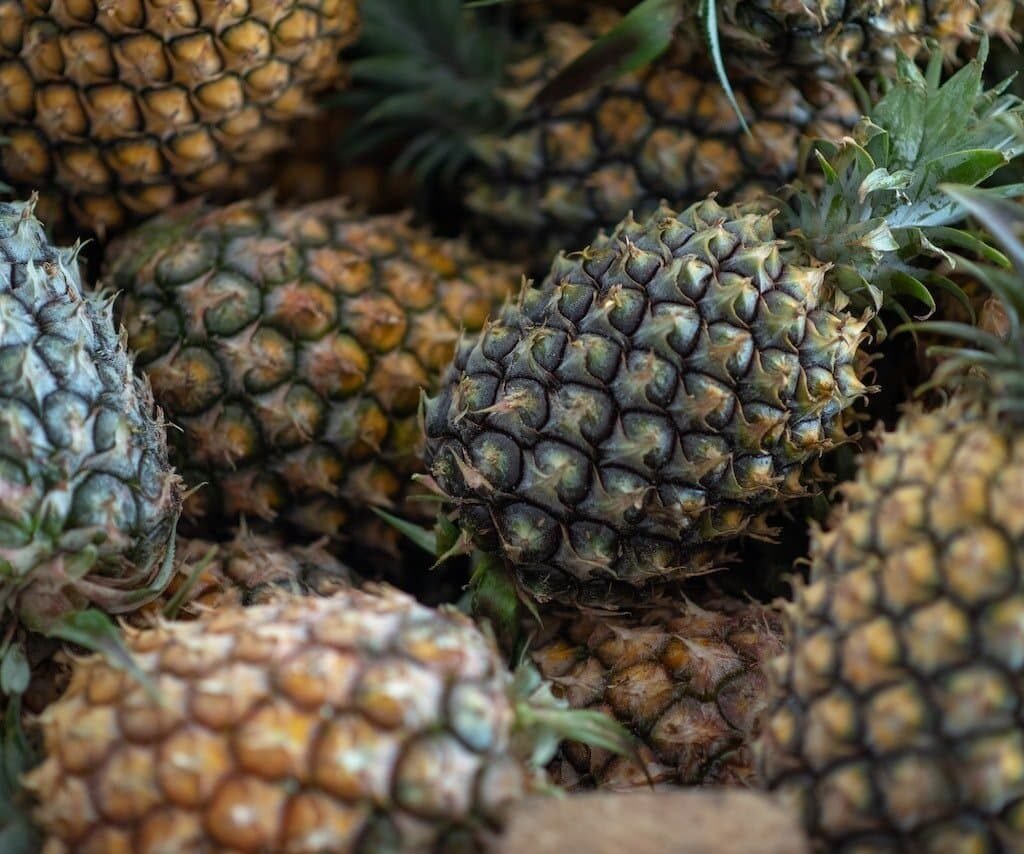
Before diving into the steps, let’s understand why planting a pineapple top is so rewarding:
- Cost-effective: Instead of discarding the crown, you get a whole new plant.
- Decorative Appeal: Pineapple plants add a tropical touch to gardens and patios with their spiky, ornamental leaves.
- Educational Value: A fun project for children and beginners learning about plant propagation.
- Fresh Fruit: Though it takes patience, a homegrown pineapple tastes far sweeter and fresher than store-bought ones.
Step 1: Choosing the Right Pineapple
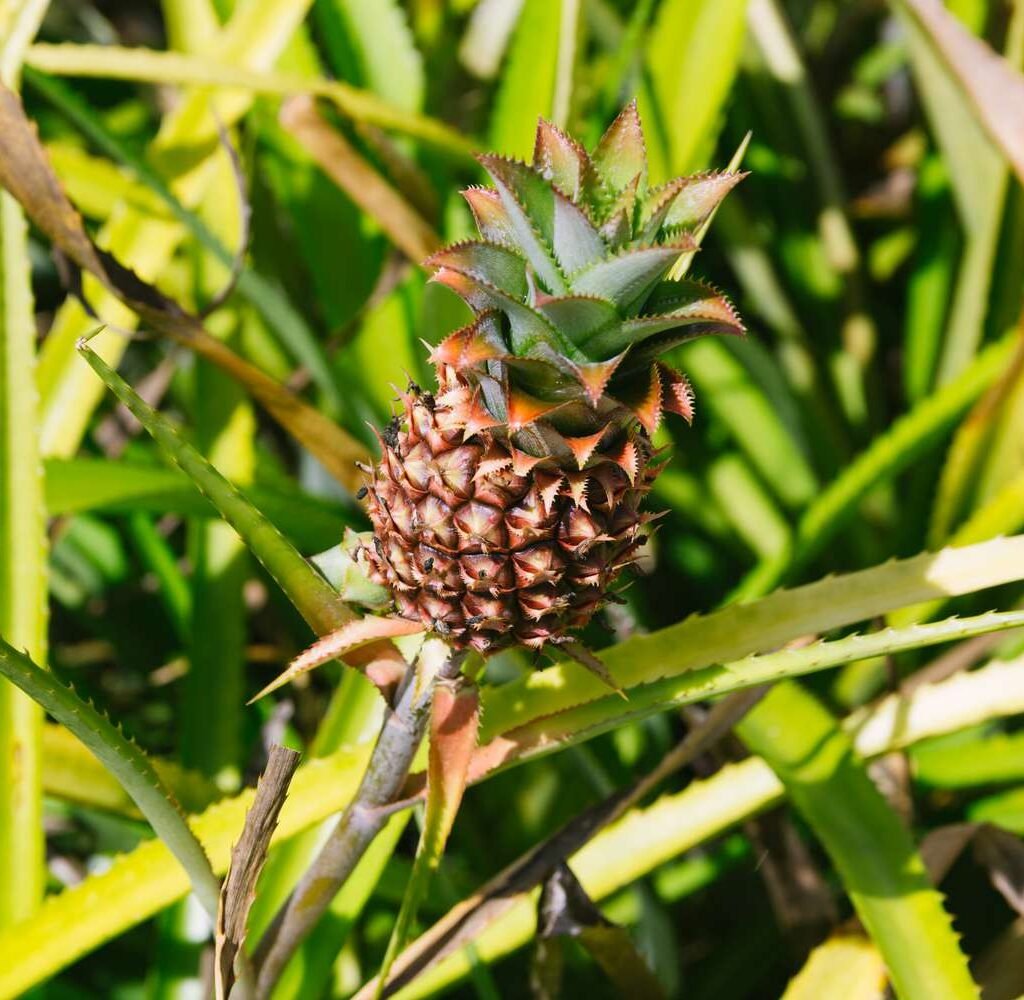
Not all pineapples are equal when it comes to regrowth. Here’s what to look for:
- Fresh Green Crown: The leaves at the top should be healthy, vibrant green, and not wilted or brown.
- Firm Fruit: Avoid overripe or mushy pineapples; they may have rotting crowns.
- No Pests or Mold: Check the crown base for signs of disease or pests.
Tip: Pineapples labeled as organic often grow better since they’re less likely to have been treated with growth inhibitors.
Step 2: Preparing the Pineapple Top
Once you’ve selected your pineapple, it’s time to prepare the crown:
- Twist or Cut the Crown
- Firmly twist the leafy crown from the fruit, or slice it off with about half an inch of fruit attached.
- Trim Excess Fruit
- Remove leftover fruit flesh to prevent rotting.
- Peel Off Lower Leaves
- Carefully strip away 1–2 inches of the bottom leaves to expose the stem. This is where roots will grow.
- Dry the Crown
- Place the crown in a dry, shaded spot for 2–3 days. This allows the cut end to callus, reducing the risk of rot.
Step 3: Rooting the Pineapple Top
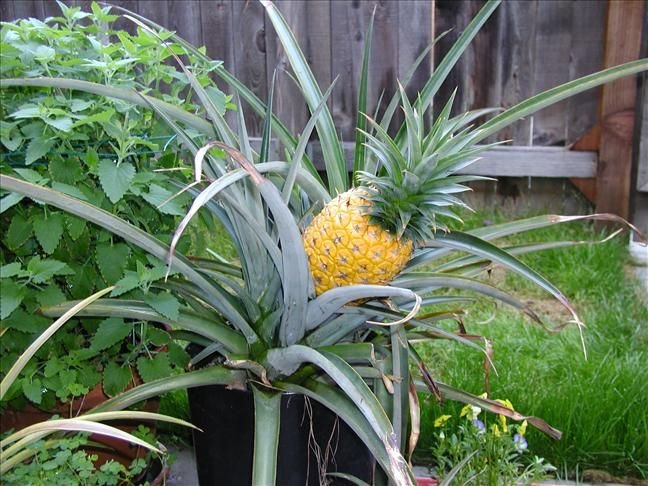
There are two main methods to encourage roots:
1. Water Method
- Place the crown in a glass of water, ensuring only the bottom part is submerged.
- Change the water every 2–3 days to keep it fresh.
- Within 1–2 weeks, you’ll see roots sprouting.
2. Direct Soil Method
- Plant the crown directly into a pot filled with well-draining soil.
- Keep the soil moist (not soggy) and place in a sunny location.
- Roots may take 3–4 weeks to establish.
Both methods work, but the soil method often results in stronger plants in the long term.
Step 4: Transplanting into Soil
If you started with water rooting, transplant once roots reach about 2–3 inches. Here’s how:
- Choose the Right Pot or Location: Use a container at least 10–12 inches deep with drainage holes, or select a sunny garden bed.
- Soil Requirements: Pineapples thrive in sandy, well-draining soil with a pH of 5.5–6.5. A cactus or succulent potting mix works well.
- Planting Depth: Bury the crown up to the base of the leaves.
- Watering: Water lightly, just enough to keep the soil slightly moist.
Step 5: Caring for Your Pineapple Plant
Pineapples are low-maintenance, but they do have some specific needs.
Light
- Pineapples love sunlight. Ensure they get at least 6–8 hours of bright, direct sunlight daily.
- If indoors, place near a south-facing window or supplement with grow lights.
Watering
- Water once a week, letting soil dry slightly between waterings.
- Avoid overwatering; soggy soil leads to root rot.
- In hot climates, mist leaves occasionally to mimic tropical humidity.
Fertilization
- Use a balanced liquid fertilizer every 6–8 weeks.
- A nitrogen-rich feed during early growth encourages healthy leaves, while a potassium-rich one later supports fruiting.
Pruning
- Remove dead or yellow leaves to keep the plant healthy.
Step 6: Patience—The Key to Fruiting
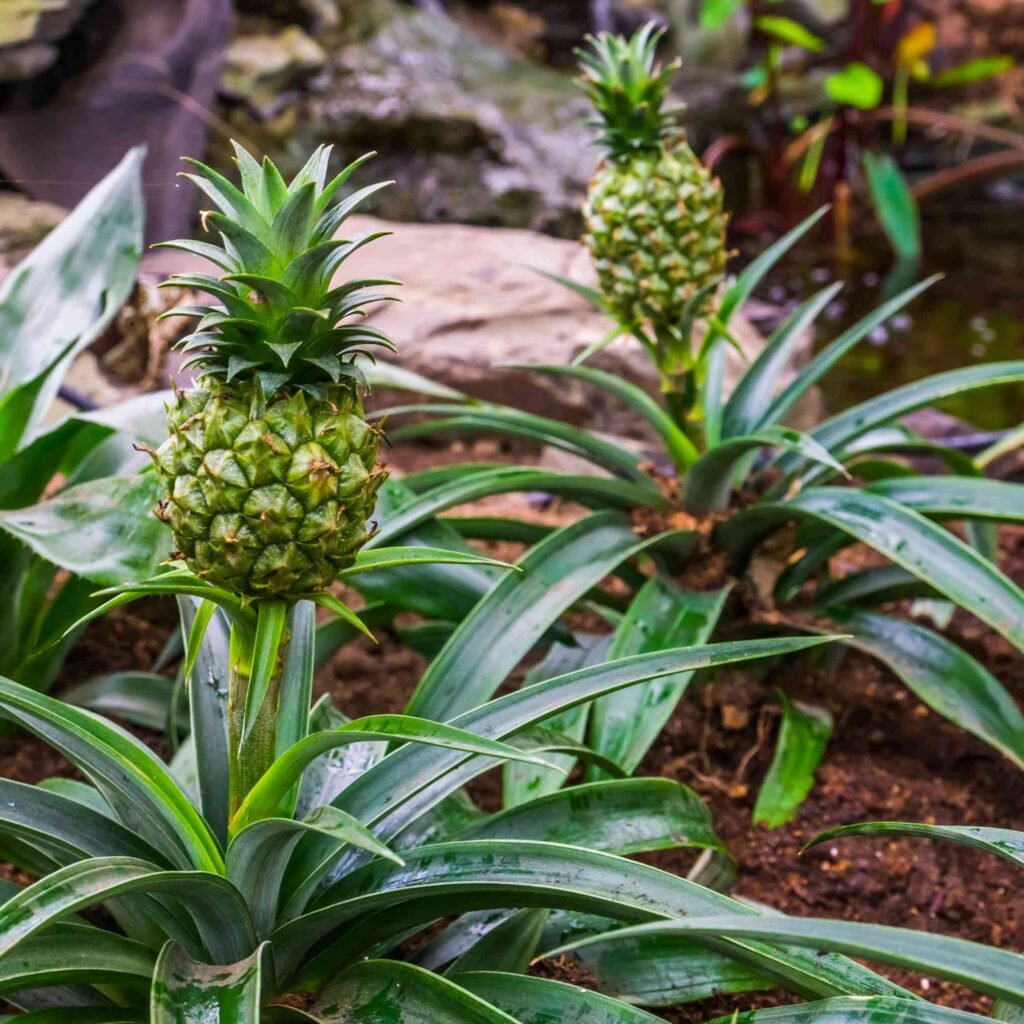
Here’s the reality: growing pineapples from tops is not a fast process.
- Year 1: Plant develops strong roots and leaves.
- Year 2–3: The plant matures and may start producing a central flower.
- Fruiting: Once the flower appears, a small pineapple forms, taking about 5–7 months to ripen.
Average waiting time: 18–30 months from planting to harvest.
Step 7: Harvesting Your Pineapple
How to know when it’s ready?
- The fruit turns golden yellow, starting at the base.
- It emits a sweet aroma when ripe.
- The fruit feels slightly soft but not mushy.
Harvest by cutting the fruit close to the base with a sharp knife.
Common Problems and Solutions
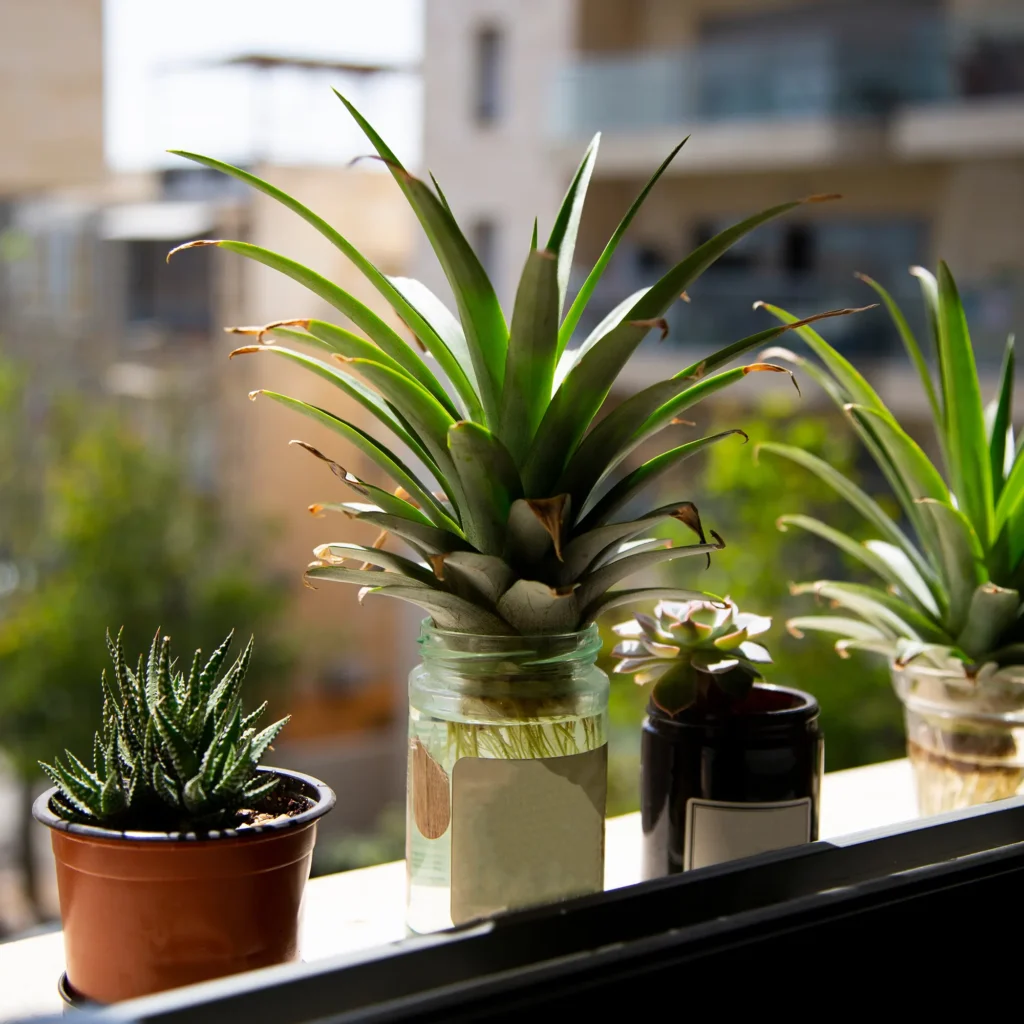
Even easy plants face challenges. Here are common pineapple-growing issues:
- Yellowing Leaves → Often due to overwatering. Reduce water and improve drainage.
- No Fruit Formation → May be due to insufficient sunlight or immaturity. Ensure the plant is at least 18 months old.
- Pests → Watch for mealybugs or scale insects; treat with neem oil or mild insecticidal soap.
- Slow Growth → Check soil fertility and provide regular feeding.
Fun Facts About Pineapples
- Pineapples are not a single fruit—they’re actually multiple berries fused together around a central core.
- Each “eye” on a pineapple represents one individual flower.
- A pineapple plant produces only one fruit at a time, but new shoots (called “suckers” or “slips”) can grow into additional plants.
- The bromelain enzyme found in pineapples is used as a natural meat tenderizer.
Benefits of Growing Pineapples at Home
- Sustainability – Reduces waste by reusing the crown.
- Freshness – Enjoy the sweetest, pesticide-free fruit straight from your garden.
- Low Maintenance – Requires minimal water and thrives in poor soils.
- Decorative Value – Spiky leaves and tropical charm make it a beautiful plant even before fruiting.
Conclusion
Growing a pineapple from its top is one of the most satisfying home gardening projects. With just a little care, patience, and plenty of sunlight, you can transform a discarded fruit crown into a thriving plant that eventually rewards you with its sweet, golden fruit.
The steps are simple—choose a healthy pineapple, prepare the crown, root it, transplant into soil, and provide consistent care. While it may take up to two years before you taste your first homegrown pineapple, the process itself is enjoyable and rewarding.
So the next time you buy a pineapple, don’t throw away the crown—plant it, nurture it, and bring a bit of the tropics right into your home garden.
